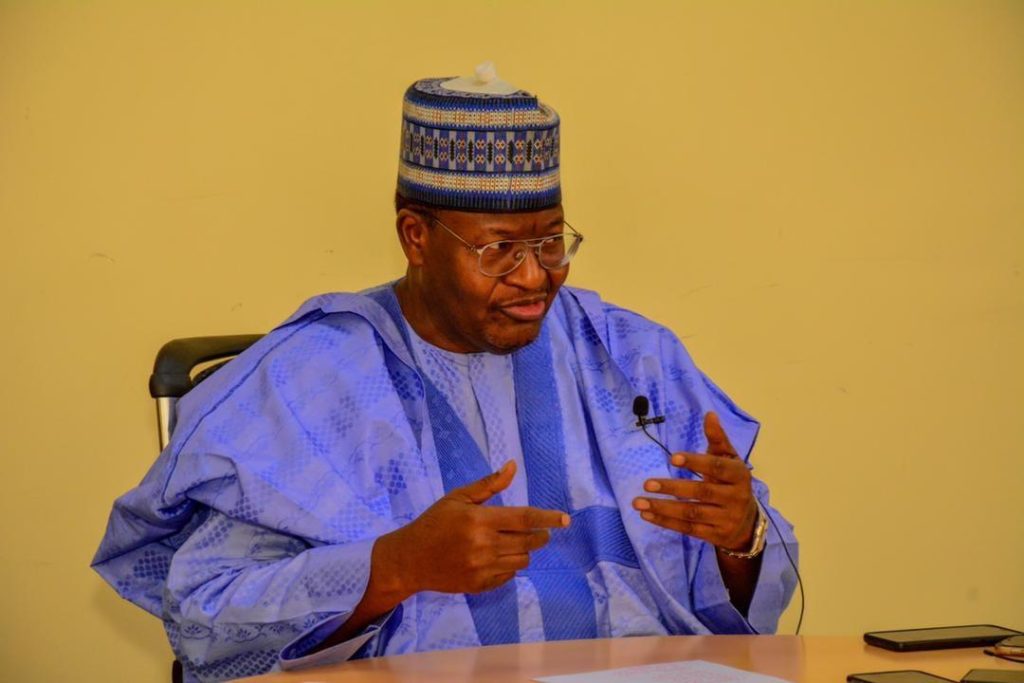Nigeria through the effort of the Nigerian Communications Commission (NCC) has been able to reduce telecom access gaps in the country to 27 million from 37 million in 2013, the Executive Vice Chairman of NCC, Prof Umar Danbatta has disclosed.
.Access gaps mean the cluster of communities or grouped areas in different parts of the country that are bereft of telecom services to date.
“The number of Nigerians who fell within the access gap which was estimated at 37 million in 2013 has been reduced to 27 million, following increased access to telecoms services by those hitherto not digitally included,” Prof. Danbatta said at a recent telecoms industry stakeholders forum in Yenagoa, Bayelsa state.
Prof. Danbatta, who was represented at the forum by the Head, Pre-Licensing at the Commission, Usman Mamman said this represents 53.1 percent as of the end of 2022.
He said from 207 clusters of access gaps in 2013, the industry has witnessed a reduction to 97 as of the end of 2022 by bridging 110 clusters of access gaps, representing a 53.1 percent reduction.
He noted this reduction is part of NCC’s effort to ensure it brings telecom services to people living in rural, unserved and underserved areas of Nigeria, which total 37 million people courtesy of the consultancy that was conducted in 2013.
“By 2019, we had succeeded in reducing the clusters of access gaps to 114 through the deployment of the necessary infrastructure needed to bring services to people living in rural, unserved and underserved areas of the country. The deployment of infrastructure is in terms of base transceiver stations, which resulted in the reduction of Nigerians in those clusters from 37 million to 31 million in 2019.
“By 2022, we have reduced the clusters of access gaps to 97 from 207 in 2013. The number of Nigerians again has come down from 37 million in 2013 to 27 million as we speak. We achieved this by deploying, from 2009 to 2011, a total of 79 new base transceiver stations,” he explained.
Meanwhile, between 2013 to 2018, the telecom sector also witnessed the deployment of additional 124 base transceiver stations while from 2019 to 2022, a total of 364 base transceiver stations were deployed.
“So far, the total number of base transceiver stations have been deployed to date between the time the access gaps were identified till the end of 2022,” he said.




